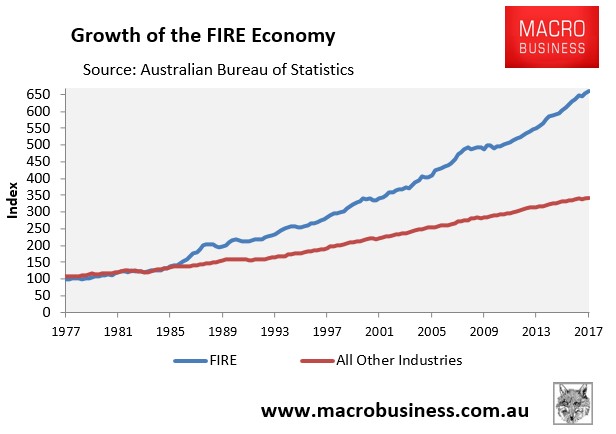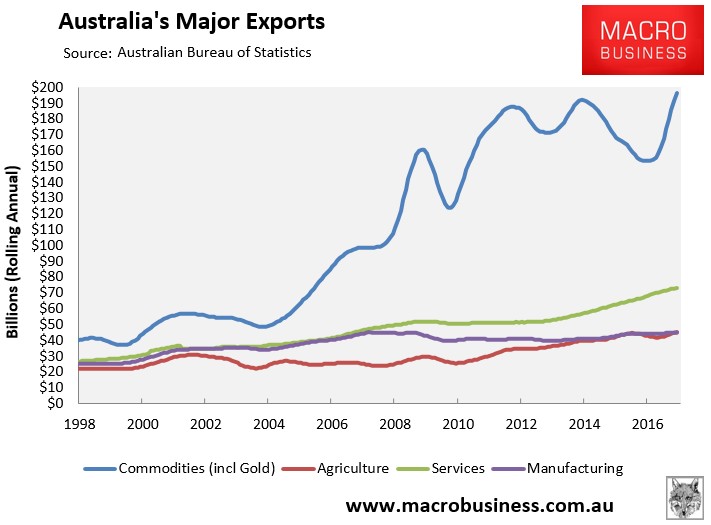Via the Herald Sun:
VICTORIA has been dubbed a “parasite” state for relying on the rest of Australia to fund its extravagant lifestyle.
Last year, Victoria imported more than $50 billion of highly manufactured goods, including cars, TV sets and machinery, official trade figures show.
But despite promises in the early 2000s of the state having a big future in hi-tech industries — especially by state Labor leaders Steve Bracks and John Brumby — Victoria exported only $7.2 billion of such goods in 2015-16.
Overall, the state imported $51 billion extra in goods and services than it exported last year, while Western Australia posted a $62 billion trade surplus and Queensland had a $12 billion surplus.
Victoria’s top goods export was wool and animal hair, followed by cars, meat, dairy products and fruit and nuts.
In a devastating analysis of Victoria’s manufacturing sector, Dr Bob Birrell, head of The Australian Population Research Institute, said other states were bailing Victoria out.
“Victoria is a parasite state — we are relying on the rest of Australia to provide for our import-intensive lifestyle,” he said.
Dr Birrell said Melbourne’s growth was driving this dependence, with the Andrews Government enjoying a jobs boom.
“However, the boom is being driven by employment growth in the health, social assistance and education industries that are largely financed by the federal and state governments,” he said. “And a boom in the finance and property industries fuelled by a massive increase in mortgage investment debt. It’s a mirage.”
Professor Birrell is 100% right, though he should add NSW.


Which has driven gigantic trade deficits in Australia’s two biggest states:

In essence, both New South Wales and Victoria are running ponzi-based economies so that the FIRE sector (finance, insurance and real estate), as well as the head offices of major corporations, located in Sydney and Melbourne, can make more money.

Neither Sydney nor Melbourne are genuine economic powerhouses, but rather parasites that thrive on sucking economic rents from the rest of the country.
The sad reality is that it is Australia’s rural and regional areas that provides Australians with not only our food, but also the lion’s share of the nation’s export revenue, which is effectively what pays for Australia’s imports (consumed mostly by city dwellers in Sydney and Melbourne!):

Australia would improve its trade balance and current account deficit if it simply slashed immigration. Seeing as Australia mostly pays its way in the world by selling-off its fixed mineral endowment, increasing the number of people in Sydney and Melbourne does not boost exports but does increase imports. Moreover, it requires us to sell-off our assets quicker to maintain a constant standard of living (other things equal).
Put another way, Australia will ship the same amount of hard commodities and agriculture regardless of how many people are coming in as all the productive capacity has been set up and it doesn’t require more labour. So basically Australia is wrecking the long-run trade balance by more people coming in each year (mostly to Sydney and Melbourne) because of all the additional imports.
Meanwhile, the infrastructure deficits in both Sydney and Melbourne, along with congestion, housing affordability and overall liveability worsens each year as more and more people flood into each city and push against bottlenecks amid woeful planning.
It is precisely the wrong kind of ‘economic boom’ that Australia should be pursuing: one that places headline “growth” ahead of improving productivity, sustainability and individual living standards.

